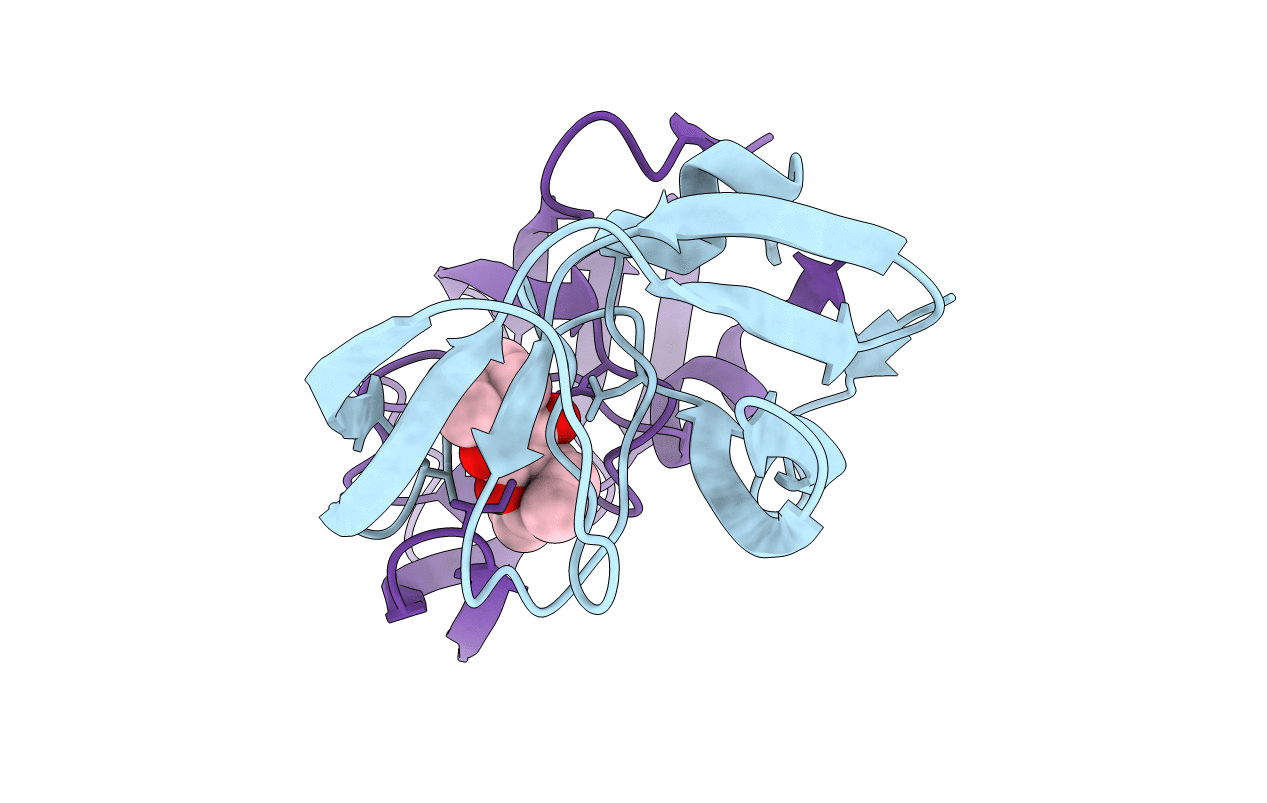
Deposition Date
1996-12-10
Release Date
1997-04-21
Last Version Date
2024-04-03
Entry Detail
Biological Source:
Source Organism:
Human immunodeficiency virus 2 (Taxon ID: 11709)
Host Organism:
Method Details:
Experimental Method:
Resolution:
2.34 Å
R-Value Work:
0.16
Space Group:
P 21 21 21


